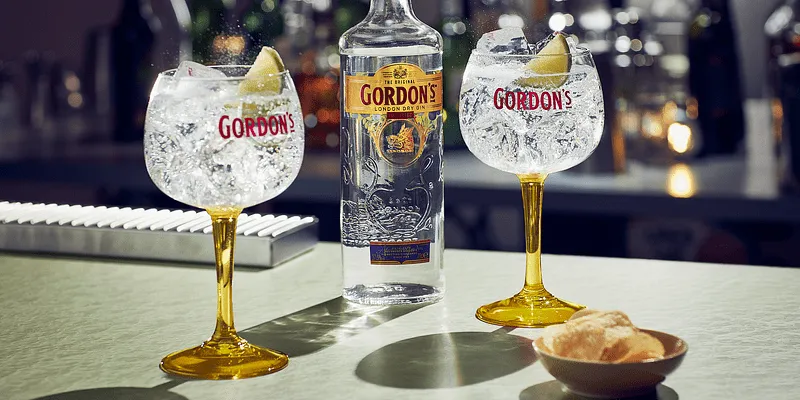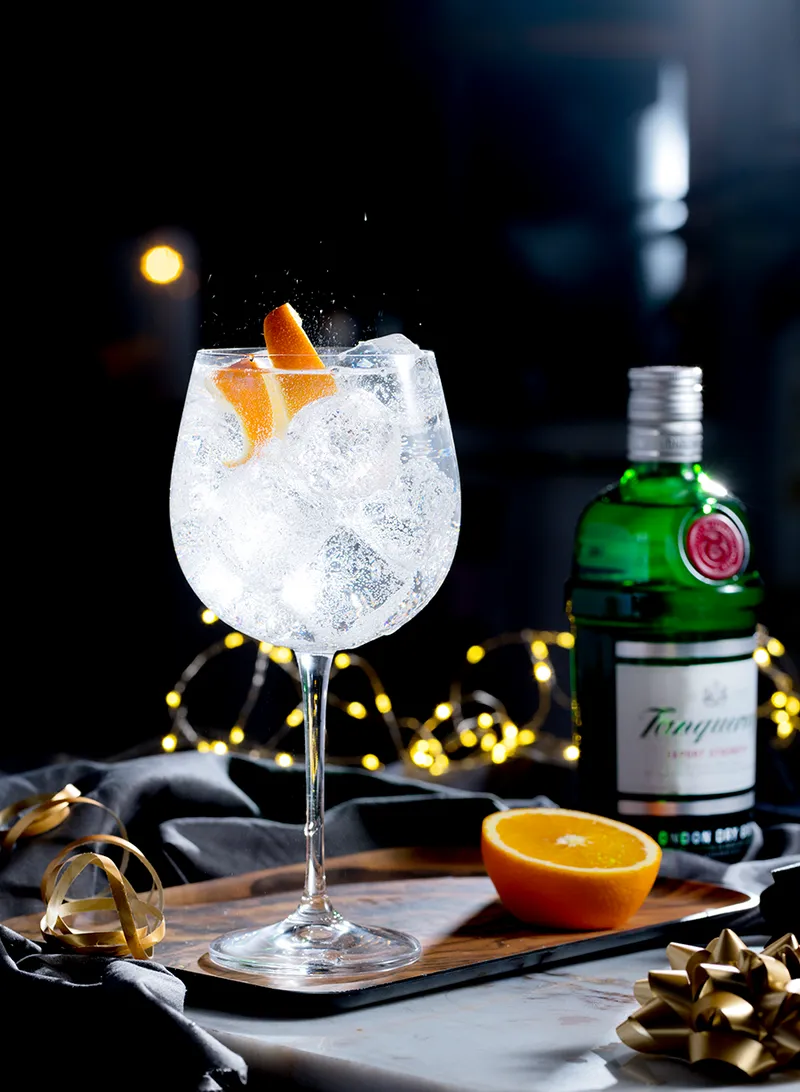The freewheeling Gin and Tonic that has evolved in the past decade
Gin and Tonic has evolved in bars, and thanks to the modern cocktail craft, G&T menus have been at the forefront of few cocktail bars around the world.
Have you ever wondered how Gin and Tonic came into existence?
If we take a look back, like any other spirit before it was named, grain-based, juniper flavoured spirits originated from Europe and were used by monks for medicinal purposes.
The Dutch called it “Jenever” and used it during wars. Before the army called an attack, they had a ritual of having a shot of Jenever.
This bought in the term for Jenever known as “Dutch Courage,” which the rest of the world thought, this drink bought the Dutch army courage to contest.
When William of Orange/Holland invaded England to preserve Protestantism in 1688, he introduced Jenever to the country.
While development was being made on Jenever, William had implemented restrictions on importing French brandy. Eventually, the British made the pronunciation simple by calling it Gin.
This term rapidly grew in popularity and consumption spiralled out. The preferred style of gin was “Old Tom,” made from corn-spirit, juniper, and a sweetener.
Today, Old Tom is still used in making Tanqueray London Dry gin, but not in the same way as Old Tom gin. This problem of production and consumption was only bought under control in 1751 when gin production was granted exclusively to large distillers. One of them being Gordon’s.
Eventually, these gin distillers were beginning to make a new “Dry” unsweetened style of gin to suit differentiated palates.
New distillation technique, high-quality spirit, and ingredients resulted in the spirit becoming respectable, and London Dry gins became the national essence of England.

Gin in the new world
American bartenders saw this new light and clear spirit as the perfect thought-starter for a new trend “Cocktails,” and the rest is history
Today, gin can be divided into three categories: London Dry gin, distilled gin, and just gin.
The most popular type is the London Dry Gin. Out of many brands of London Dry Gin available in India are Gordon’s London Dry and Tanqueray London Dry.
Gordon’s London Dry is the highest selling gin in the world. Available in 180 countries, it has been in the market for over 250 years, preferred for its Gin and Tonic persona.
On the other hand, Tanqueray London Dry has been awarded as “the Bartenders Favourite” in 2016 from The World’s Best 50 Bars. The brand subdues into style and substance whenever you are having the liquid, indoors or outdoors.

The origin and use of Tonic
With that said, Gin is always preferred with tonic water.
Quinine — the main ingredient that gives tonic its bitter taste — has been used to cure Malaria for a long time. Quinine tastes very bitter on its own. Hence, quinine was mixed with water, fresh lime, and sugar.
Quinine-based tonic water was first marketed in the 1850s, while its popularity increased in the 1870s. At the same time, gin was consumed in India as well.
Hence, gin and tonic can be credited to have emerged in India.
Here are a few points that can give you a great G&T experience at home:
Glassware
Glassware should be clean, cold or room temperature, but not warm chipped. Recommend glasses for a G&T is always Copa or big wine glass as the drink is served with ice and has a botanical aroma.
These glasses allow you to indulge with the aroma of the liquid and take a grip of the glass through the stem so that the temperature of the drink doesn’t increase, the speed of dilution is slow, and the fizz doesn’t escape.
Ice
A glass should be filled with ice to keep the drink chilled and reduce the rate of dilution. It also keeps the drink consistent throughout (maximum 15 to 20 minutes). Also, ice should look dry and of a good size to control dilution.
Recommended ice would be a block or two of clear ice as it doesn’t melt fast, nor it reacts with fizz from the tonic. Hence, your G&T stays fizzy and chilled till the end.
Gin
A good gin is one that that can stand flavours of the tonic and not disappear. Every tonic has its taste, and chances are that a light gin may disappear when mixed. Recommended gin with a good tonic experience would be Gordon’s London Dry Gin or Tanqueray London Dry Gin.
Gordon’s London Dry is juniper-forward, and even after mixing it with tonic water, juniper berries shine through. Tanqueray London Dry Gin is a balanced botanical gin and works as a canvas for tonic by supporting its flavours.
Tonic
Tonic must be super chilled and well balanced. If it is too sweet, the final drink will not taste well. Chilled tonic tends to melt ice slowly and keep the fizz intact.
Ratio
It is important to know the ratio of gin to tonic because you don’t want to be tasting more gin or more tonic, but you want to enjoy mixed flavours. Hence, try different ratios. If you are using Gordon’s London Dry gin, then it can be one part of gin to three parts of tonic water. And, if you are using Tanqueray London Dry gin, then one part of gin to four parts of tonic.
Garnish
In a cocktail, citrus or herbs can be useful depending on one’s preference. Any garnish used in a drink should be fresh, otherwise, it can destroy the taste and the look of the drink.

You can also try this recipe as well:
After a few trials and errors, we have mutually agreed on how a G&T should be made:
1. Take a Copa or big wine glass
2. Add ice
3. Pour 50ml Tanqueray or 60ml Gordon’s London Dry gin
4. Add tonic (200ml with Tanqueray London Dry or 180ml with Gordon’s London Dry gin)
5. Stir gently as aggressive stirring may cause tonic to turn flat
6. Squeeze a lime slice, rim the glass with the same lime and drop inside the glass.
G&T has evolved in bars, and thanks to the modern bartending or cocktail craft, G&T menus have been at the forefront of few cocktail bars around the world, where one gets to choose their preferred gin, flavoured tonic, and favourite garnish.
Edited by Suman Singh
(Disclaimer: The views and opinions expressed in this article are those of the author and do not necessarily reflect the views of YourStory.)



![[Startup Bharat] How Goa-based Nao Spirits & Beverages is putting India on world gin map](https://images.yourstory.com/cs/2/3fb20ae02dc911e9af58c17e6cc3d915/SB01-1602160836862.png?fm=png&auto=format&h=100&w=100&crop=entropy&fit=crop)





